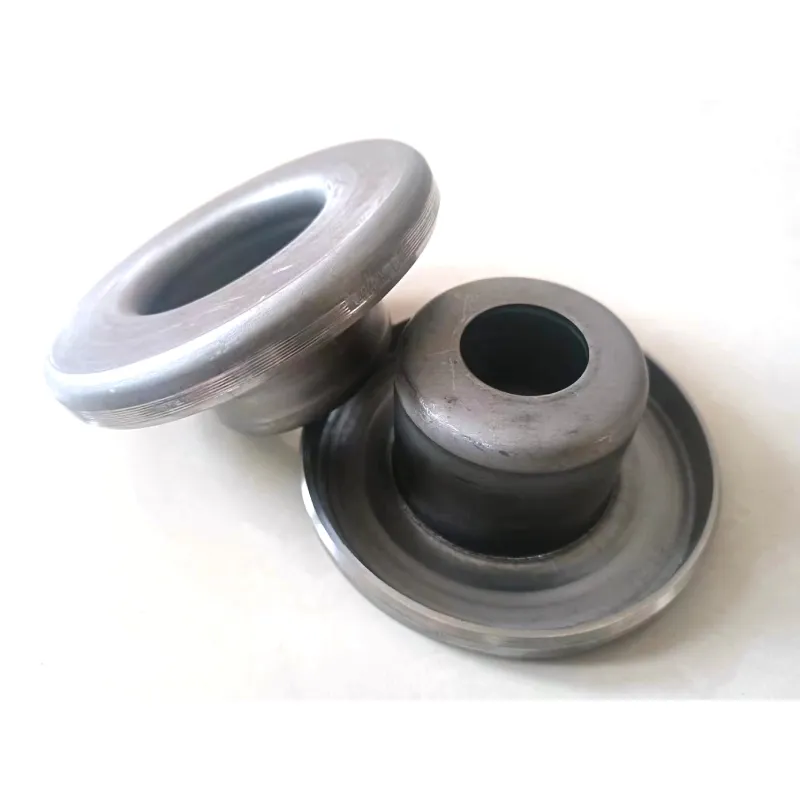 Afrikaans
Afrikaans  Albanian
Albanian  Amharic
Amharic  Arabic
Arabic  Armenian
Armenian  Azerbaijani
Azerbaijani  Basque
Basque  Belarusian
Belarusian  Bengali
Bengali  Bosnian
Bosnian  Bulgarian
Bulgarian  Catalan
Catalan  Cebuano
Cebuano  Corsican
Corsican  Croatian
Croatian  Czech
Czech  Danish
Danish  Dutch
Dutch  English
English  Esperanto
Esperanto  Estonian
Estonian  Finnish
Finnish  French
French  Frisian
Frisian  Galician
Galician  Georgian
Georgian  German
German  Greek
Greek  Gujarati
Gujarati  Haitian Creole
Haitian Creole  hausa
hausa  hawaiian
hawaiian  Hebrew
Hebrew  Hindi
Hindi  Miao
Miao  Hungarian
Hungarian  Icelandic
Icelandic  igbo
igbo  Indonesian
Indonesian  irish
irish  Italian
Italian  Japanese
Japanese  Javanese
Javanese  Kannada
Kannada  kazakh
kazakh  Khmer
Khmer  Rwandese
Rwandese  Korean
Korean  Kurdish
Kurdish  Kyrgyz
Kyrgyz  Lao
Lao  Latin
Latin  Latvian
Latvian  Lithuanian
Lithuanian  Luxembourgish
Luxembourgish  Macedonian
Macedonian  Malgashi
Malgashi  Malay
Malay  Malayalam
Malayalam  Maltese
Maltese  Maori
Maori  Marathi
Marathi  Mongolian
Mongolian  Myanmar
Myanmar  Nepali
Nepali  Norwegian
Norwegian  Norwegian
Norwegian  Occitan
Occitan  Pashto
Pashto  Persian
Persian  Polish
Polish  Portuguese
Portuguese  Punjabi
Punjabi  Romanian
Romanian  Russian
Russian  Samoan
Samoan  Scottish Gaelic
Scottish Gaelic  Serbian
Serbian  Sesotho
Sesotho  Shona
Shona  Sindhi
Sindhi  Sinhala
Sinhala  Slovak
Slovak  Slovenian
Slovenian  Somali
Somali  Spanish
Spanish  Sundanese
Sundanese  Swahili
Swahili  Swedish
Swedish  Tagalog
Tagalog  Tajik
Tajik  Tamil
Tamil  Tatar
Tatar  Telugu
Telugu  Thai
Thai  Turkish
Turkish  Turkmen
Turkmen  Ukrainian
Ukrainian  Urdu
Urdu  Uighur
Uighur  Uzbek
Uzbek  Vietnamese
Vietnamese  Welsh
Welsh  Bantu
Bantu  Yiddish
Yiddish  Yoruba
Yoruba  Zulu
Zulu non-drive pulley
Understanding Non-Drive Pulleys Functions and Applications
Pulleys are essential components in mechanical systems, playing a crucial role in various applications ranging from simple machines to complex industrial setups. Among the different types of pulleys, non-drive pulleys hold significant importance, particularly in systems where load transfer or direction change is needed without contributing to the power transmission directly.
What is a Non-Drive Pulley?
A non-drive pulley, also known as a guide pulley or idler pulley, does not receive power from a motor or engine. Instead, its primary function is to redirect the path of a belt or cable without changing its speed. Non-drive pulleys are often found in belt-driven systems, conveyor systems, and in applications that require guiding cables and ropes, such as elevators and cranes.
Functions of Non-Drive Pulleys
1. Change of Direction In many applications, a belt or rope may need to change direction to maintain the desired path of movement. Non-drive pulleys effectively achieve this. For instance, in a conveyor system, a non-drive pulley can guide the belt around corners or bends without losing efficiency.
2. Tension Maintenance Non-drive pulleys help maintain the appropriate tension in a belt or cable system. By ensuring that the belts are taut, these pulleys prevent slippage and enhance overall system performance. Proper tension is critical in reducing wear and prolonging the life of the belt.
3. Support and Stability Non-drive pulleys provide physical support to the belt or cable, allowing for smoother operation. By minimizing sagging or misalignment, they contribute to a more efficient system overall.
4. Noise and Vibration Reduction In machinery, excessive noise and vibration can lead to inefficiencies and wear over time. Non-drive pulleys can help in mitigating these issues by ensuring that the belt runs smoothly and evenly, reducing the operational sound and stresses on other components.
non-drive pulley

Applications of Non-Drive Pulleys
Non-drive pulleys can be found in a multitude of applications across various industries.
- Industrial Conveyors They are extensively used in conveyor systems to guide and support the conveyor belts, ensuring that materials are transported efficiently and effectively from one point to another.
- Automobiles In vehicles, non-drive pulleys are commonly used in accessory drive systems to maintain tension in serpentine belts, which are responsible for driving multiple accessories such as alternators, water pumps, and air conditioning compressors.
- Elevators and Lifts Non-drive pulleys are pivotal in the operation of elevators, where they guide cables to ensure the smooth vertical movement of the car.
- Fitness Equipment In certain types of exercise machines, non-drive pulleys are used to change the motion of resistance cables, allowing users to perform various exercises more effectively.
Conclusion
Non-drive pulleys, although not directly involved in power transmission, play an indispensable role in ensuring the efficiency and functionality of numerous mechanical systems. Their ability to change direction, maintain tension, provide support, and reduce noise makes them a vital component in many applications. As technology continues to advance, the importance of non-drive pulleys in enhancing performance and reliability in various industries can only be expected to grow. Understanding their functions and positioning in diverse systems can aid in better designs and applications of engineering solutions across the board.
-
Revolutionizing Conveyor Reliability with Advanced Rubber Lagging PulleysNewsJul.22,2025
-
Powering Precision and Durability with Expert Manufacturers of Conveyor ComponentsNewsJul.22,2025
-
Optimizing Conveyor Systems with Advanced Conveyor AccessoriesNewsJul.22,2025
-
Maximize Conveyor Efficiency with Quality Conveyor Idler PulleysNewsJul.22,2025
-
Future-Proof Your Conveyor System with High-Performance Polyurethane RollerNewsJul.22,2025
-
Driving Efficiency Forward with Quality Idlers and RollersNewsJul.22,2025





























